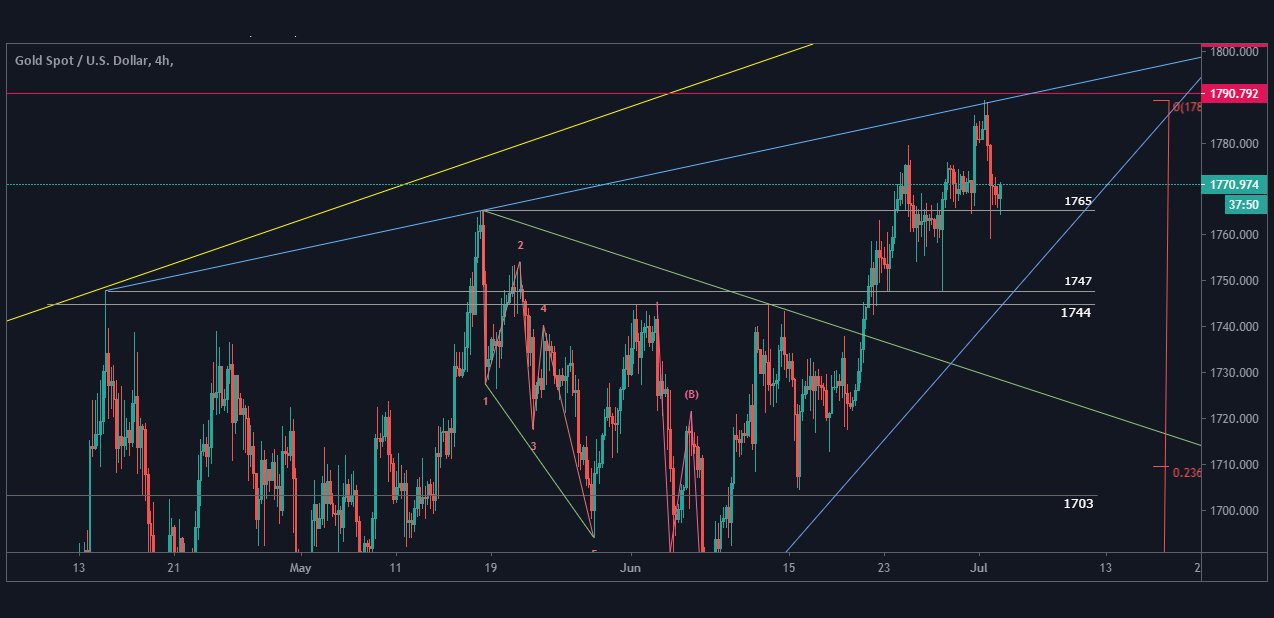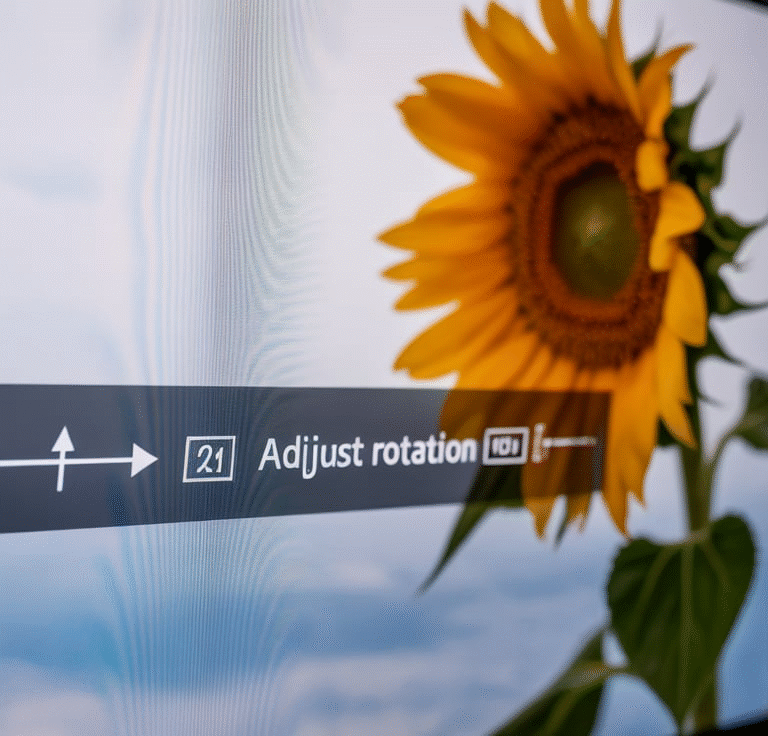
Introduction
The XAU/USD trading pair represents the price of gold (XAU) in terms of the US dollar (USD). Gold has long been regarded as a safe-haven asset, and its price movements are influenced by a variety of factors, including geopolitical events, economic data, and market sentiment. For traders looking to capitalize on these movements, technical analysis provides a systematic approach to understanding price trends and potential market behavior. This article will delve into the fundamentals of technical analysis as applied to XAUUSD technical analysis, key indicators and tools, chart patterns, and practical trading strategies.
Understanding Technical Analysis
Technical analysis is the study of historical price movements and trading volumes to forecast future price action. Unlike fundamental analysis, which focuses on economic indicators and news events, technical analysis relies solely on price charts and patterns.
Key Principles of Technical Analysis
Market Discounts Everything: Technical analysts believe that all available information, whether economic or geopolitical, is already reflected in the price. Therefore, fluctuating prices are the key emphasis.
Price Moves in Trends: Prices typically move in trends—upward, downward, or sideways. Identifying these trends is crucial for making informed trading decisions.
History Tends to Repeat Itself: Price patterns tend to repeat over time, making historical price movements a valuable tool for predicting future actions.
Tools and Indicators for XAU/USD Technical Analysis
To effectively analyze the XAU/USD price, traders use various tools and indicators. Here are some of the more widely used ones:
1. Candlestick Patterns.
Charts with candlesticks show the open, high, low, and close prices during a certain time period. They can provide significant information about market sentiment.
Key candlestick patterns include:
Doji: Indicates indecision in the market, suggesting potential reversals.
Hammer: A bullish rebound pattern that emerges following a decline.
Shooting Star: A bearish reversal pattern that appears after an uptrend.
2. Moving Averages
Moving averages smooth out pricing data and discover trends over time.The two most common types are:
Easy Moving Average (SMA, which stands): The average price over a given number of periods.
Exponential Moving Average (EMA): Gives more weight to recent prices, making it more responsive to new information.
Traders often use moving averages to identify support and resistance levels, as well as to determine the overall trend direction.
3. Relative Strength Index (RSI)
The RSI is a momentum oscillator that measures the speed and change of price movements. IT spans from 0 to 100 and is commonly used to determine overbought or oversold conditions:
Overbought: RSI above 70 suggests that the asset may be overvalued and could be due for a correction.
Oversold: RSI below 30 indicates that the asset may be undervalued, presenting a potential buying opportunity.
4. Fibonacci Retracement Levels
Fibonacci retracement is a common strategy for determining potential support and resistance levels based on the Fibonacci sequence. Traders use these levels to determine where the price might reverse after a pullback in an existing trend.
5. Bollinger Bands
Bollinger Bands are made up of a center band (SMA) and two outer circles (standard deviations away from the SMA). The above tool helps traders anticipate volatility and probable price reversals.
Price touching the upper band: Indicates overbought conditions.
Price reaching the bottom band: Indicates oversold circumstances.
Chart Patterns for XAU/USD
Trading relies heavily on chart patterns. Recognizing these patterns can help traders make informed decisions about potential price movements. Here are some key patterns to watch for in XAU/USD:
1. Head and Shoulders
The head and shoulders structure is a reversal pattern that indicates an alteration in trend tendency. It has three peaks: a larger peak (head) and two lower levels (shoulders). This inverse heads and back pattern indicates a bullish reversal.
2. Double Top and Double Bottom
Double Top: A bearish reversal pattern formed after an uptrend, characterized by two peaks at a similar price level.
Double Bottom: A bullish reversal pattern occurring after a downtrend, featuring two troughs at a similar price level.
3. Triangles
Triangle patterns can be either continuation or reversal patterns, depending on the trend leading into them. They can be ascending, descending, or symmetrical, and traders often look for breakouts from these patterns.
4. Flags and Pennants
Flags and pennants typically short-term patterns of continuation that emerge following a significant price shift.Flags are rectangular-shaped, while pennants are triangular. A breakout in the direction of the preceding trend typically follows.
Practical Trading Strategies for XAU/USD
Now that we have covered the tools and patterns used in technical analysis, let’s explore some practical trading strategies for XAU/USD.
1. Trend Following Strategy
This technique focuses on recognizing and following the current trend. Traders can use moving averages to determine the trend direction. For instance, if the price is above the 50-day SMA, it may indicate an uptrend. Traders might enter long positions when the price pulls back to the moving average.
2. Breakout Trading Strategy
Breakout trading involves entering a position when the price breaks through a significant support or resistance level. Traders can use volume to confirm the breakout. For example, if XAU/USD breaks above a key resistance level with strong volume, it may indicate a continuation of the uptrend.
3. Reversal Trading Strategy
This strategy seeks to capitalize on price reversals. Traders can use candlestick patterns, such as hammers or shooting stars, to identify potential reversal points. For instance, if XAU/USD forms a double top pattern, traders may look to sell in anticipation of a price decline.
4. Fibonacci Retracement Strategy
Traders can use Fibonacci retracement levels to identify potential reversal points during pullbacks. After a strong trend, they may look for buying opportunities at key Fibonacci levels (e.g., 38.2%, 50%, 61.8%) if the price retraces.
5. Combining Indicators
Many successful traders use a combination of indicators to confirm signals. For example, they might look for a bullish signal from the RSI (oversold) combined with a candlestick reversal pattern and a supportive Fibonacci level before entering a long position.
Risk Management in XAU/USD Trading
While technical analysis can provide valuable insights, effective risk management is crucial for long-term success. Here are some key risk-management methods such as
1. Setting Stop-Loss Orders
Orders for stop-loss reduce possible losses by automatically ending the position at a predetermined price level.. Traders should always use stop-loss orders to protect their capital.
2. Position Sizing
Determining the appropriate position size based on account size and risk tolerance is essential. Many traders use the 1% rule, risking only 1% of their trading capital on a single trade.
3. Diversification
Changing investment throughout multiple assets can help reduce risk. While XAU/USD can be a significant part of a portfolio, traders should also consider other asset classes.
4. Regularly Review and Adjust Strategies
Markets are dynamic, and strategies that work in one environment may not work in another. Regularly reviewing performance and adjusting strategies based on changing market conditions is vital.
Conclusion
XAU/USD technical analysis provides traders with valuable tools and insights to navigate the complexities of the gold market. By understanding key indicators, chart patterns, and trading strategies, traders can make informed decisions and capitalize on price movements.
Technical analysis is not foolproof, and no single strategy guarantees success. However, by combining technical analysis with effective risk management and staying informed about broader market trends, traders can enhance their chances of achieving profitable outcomes in the XAU/USD market.
As you embark on your trading journey, remember that continuous learning and adaptation are key to long-term success in the dynamic world of trading. Whether you’re a novice or an experienced trader, mastering technical analysis can empower you to make confident decisions and achieve your trading goals.


